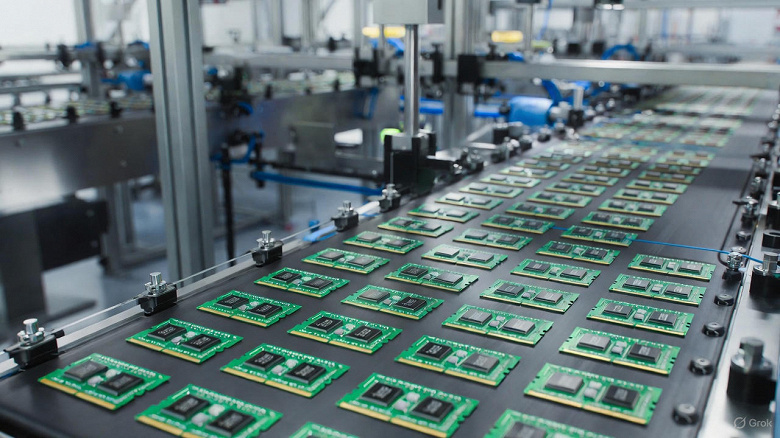SK Hynix, a key player in the semiconductor industry, is poised to soften the blow of the global memory chip shortage, although it won’t completely alleviate the issue. The company is set to ramp up its DRAM chip production over eightfold.

By 2026, SK Hynix plans to expand its DRAM manufacturing capacities to meet the surging demands from telecom operators and tech giants like Nvidia and AMD. Currently, the expansion at Hynix’s Icheon campus aims for a dramatic increase in single-channel DRAM production, escalating from a modest 20,000 wafers to approximately 140,000 wafers monthly.
This push primarily focuses on ramping up the output of GDDR7 chips, essential for Nvidia’s graphics cards, and chips for SOCAMM2 modules destined for Nvidia’s next-gen AI accelerators. While Micron and Samsung are also scaling up their production capacities, precise figures remain elusive. Despite the massive growth rates in manufacturing, market normalization remains a distant goal.
As demand from Nvidia, AMD, and other tech firms soars, SK Hynix’s recent technological advancements and strategic partnerships might play a pivotal role. In recent discussions, industry leaders from SK Hynix hinted at further innovations in DRAM technology that could enhance efficiency and performance, addressing some of the ecosystem’s current bottlenecks. These advancements are part of a broader strategy to maintain competitive standing against rivals like Micron and Samsung, both of which are exploring new production methods and alliances in the semiconductor arena.









